Whether you have to fly with a firearm, for work, training or possibly the hunt of a lifetime, or you just want to bring your gun with you for personal security, you need to play nice with the feds.

TSA’s worst nightmare? Not if you follow the rules and use a lockable case like this one.Flying
When I travel to states friendly with my concealed carry permit, I almost always travel with a gun. Mainly because it’s my lifestyle choice – I choose to protect my family and myself wherever we are. But there’s an additional reason I choose to tote a gun through inconvenient places like airports. It’s my right and I want to keep the system “acclimated” to dealing with people having guns. If I do my part to make sure the airline ticket counter staff and TSA see guns moving safely through our travel system, day after day, then it continues to be no big deal – as it should be. If we all succumb to the pressure of our friendly, helpful and honest government making traveling with a firearm “too much trouble” then the “terrorists win,” so to speak.
With that said, let’s take a look at a couple of the more ambiguous questions about flying with guns…
Question: You mean I can fly on a commercial airline with a gun???
Answer: It’s shocking how many people are shocked by this. Why yes, you can. Provided of course that you are going from a point of origination where you can legally have that gun to another destination where you can legally possess that gun. Rather than regurgitate the basic process here, I’ll point you to the TSA’s own page for the latest regulations. Print a copy of this to bring with you the day before you leave as the page content changes frequently. Also, check your airlines policy before you go. I’ve linked to a number of airline policies later in this article.
Question: Can the TSA, or their contracted agents, inspect my guns in the secure area or back room – in other words, outside of my direct presence?
Answer: I don’t believe they can. Does that mean they won’t? Nope. If you haven’t learned by now that people who work for the federal government do whatever the heck they want until slapped silly until even more senseless, then you’ve been inhaling too much Hoppe’s #9. Case in point. I flew through Bend, Oregon last year – an airport accustomed to shooting industry folks toting around all sorts of firearms. At Bend, the security process calls for passengers to declare firearms with the ticket agent, then send it on back via the baggage belt. You’ll be advised to listen for your name over the speakers when TSA is ready to inspect your firearms case. At that point, TSA agents request your keys so they can go back into the secure area, without you, and inspect your firearms case. After inspection, they page you to return your keys.
Why do I believe this practice is illegal? Mainly because the internet says so, and angry mobs are occasionally right about stuff. I also find two direct references in the Code of Federal Regulations.
Title 49: Transportation, Part 1540 – Civil Aviation Security: General Rules, Subpart B – Responsibilities of Passengers and Other Individuals and Persons, 1540.111 (c) (iv) – The container in which it is carried is locked, and only the passenger retains the key or combination.
Title 49: Transportation, Part 1544 – Aircraft Operator Security: Air Carriers and Commercial Operators, Subpart C – Operations, 1544.203 (f) (iii) The container in which it is carried is locked, and only the individual checking the baggage retains the key or combination;
Federal regulations controlling the passenger and airline acceptance of passenger luggage both clearly specify that the passenger, and only the passenger, retains the key. There are no exceptions stated.
So what to do when flying through an airport like Bend? That depends on how badly you need to make your flight. You can respectfully resist. And you will miss your flight. Because the feds know they can afford way more lawyers than you. You can bring along some printouts from the Code of Federal Regulations for show and tell. You’ll probably still miss your flight. I suggest respectfully raising the issue and pointing to the regulations. They just might accommodate your request to be present during inspection. Or they might tell you to pound sand, because they have way more lawyers than you.
Can I carry my optics or scopes on the plane?
Generally speaking, yes you can, as long as they are not still attached to your gun, or part of your gun. The regulations are clear that no parts of firearms can be carried on a plane, so make sure everything else that remotely qualifies as a gun part goes in your locked and checked case. Never fear, you can baby that expensive piece of glass in your lap instead of subjecting it to the checked baggage 1,500-meter hop, skip, and toss.
Can I load my ammunition in magazines instead of boxes?
Yes. Well, sort of. Maybe. The intent behind the ammunition packaging is safety, meaning prevention of loose ammunition being torched off by an inadvertent primer strike. The current TSA regulations are kind of vague—they don’t specifically say you can, and don’t specifically say you can’t. Many people travel this way with no problem. Others get griped at by airline personnel and/or TSA agents. Let’s bypass “policy” statements and go straight to the source.
Title 49: Transportation, Part 175 – Carriage By Aircraft, Subpart A – General Information and Regulations, 175.10 (a) (8) Small arms ammunition for personal use carried by a crewmember or passenger in checked baggage only, if securely packed in boxes or other packagings specifically designed to carry small amounts of ammunition. Ammunition clips and magazines must also be securely boxed.
The Code of Federal Regulations is a bit vague, but as it mentions magazine storage separately, I tend to think the safe bet is to just box up your ammo in original cardboard or plastic containers and not worry about it. I’ve never, ever had a problem that way. You also have to consider the airline—they have some say over whether they’ll accept your packaging as well.
Do I need to use TSA-approved locks on my firearms case?
No! Do not use TSA-approved locks on your firearm case. TSA locks can be opened by an epileptic tree sloth. And the whole idea of locking your firearms case is to prevent anyone, including TSA agents, from obtaining access to your firearms unless you are there to allow it. If you want to lock the bejeepers out of a small case, then place that in a larger piece of standard luggage, which is “protected” by TSA locks, that’s fine. Just don’t count on TSA-approved locks to provide security for your guns—they’re designed to be easily opened.
Can different airlines have different rules?
Yes, this is ‘Murica after all and businesses can make their own policies—within constraints of the law. However, a quick scan (again) of a number of major airlines show that they’ve gotten pretty good at standardizing policies. Most have a 50-pound weight limit for any luggage, including gun cases. Most allow transportation of up to 11 pounds of ammunition, provided it is in factory packaging or other “hard” packaging. Most have no issue at all with passengers checking firearms. Most seem to have no problem having ammunition and firearm in the same locked case, provided the gun is unloaded and ammunition boxed. Some common airline policies are available at the following sites: Delta, US Airways, American Airlines, Frontier, Alaska Airlines, and Southwest.
Go ahead, fly the firearms skies. Some careful reading and a little bit of preparation before you go will help minimize the chances of governmental encounters of the worst kind.
This article originally appeared at OutdoorHub.


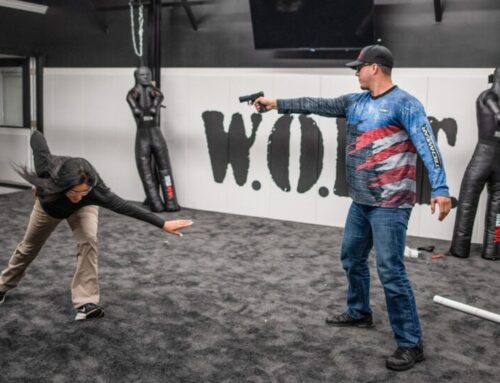
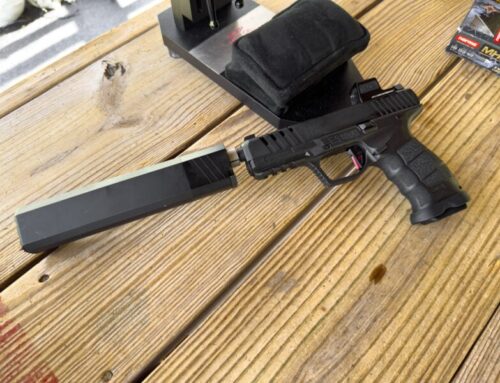
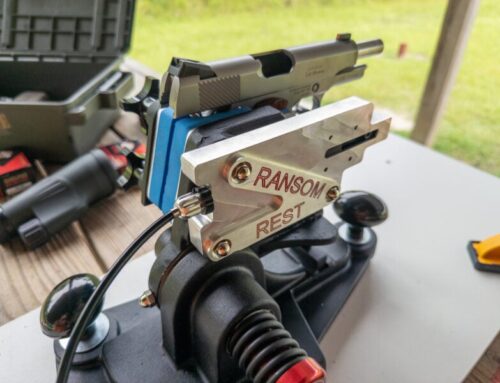
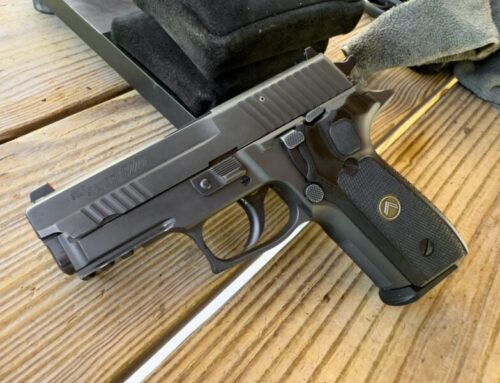
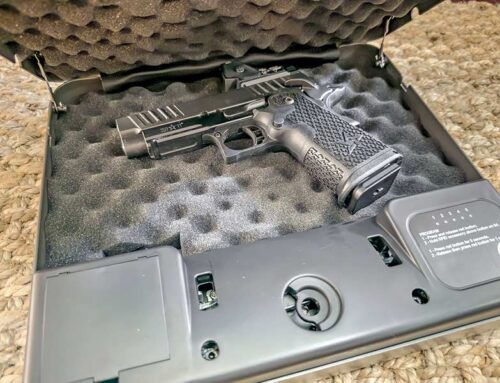
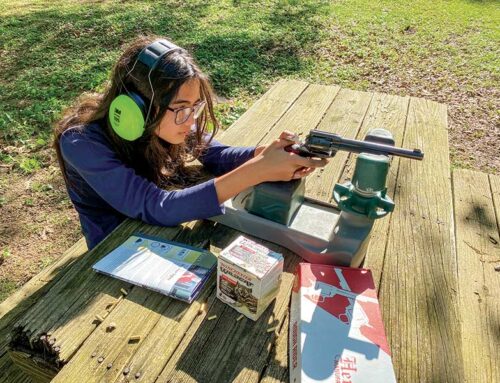
Actually, we can and do “inspect” firearms all the time. With the advent of baggage x-ray machines it rarely comes to the point that we actually have to open a firearms container unless something besides a firearm is being transported in the case. A good rule-of-thumb would be to make sure that only the firearm, its attachments, and its ammo (properly packaged) are in the case. Transport your reading material elsewhere.
Here is the kicker. If for some reason we need to open the case and we are unable to do so and the passenger does not respond to requests to return to the ticket counter, the case most likely will not fly with you. It will be turned over to the airline so that they can determine its disposition.
Excellent points Ron – and thanks for bringing up the “bag won’t fly with you” scenario. I should have mentioned that in the article, i.e. when traveling with a firearm, make sure you pay attention to announcements, etc. I’ve been paged a couple of times for an inspection or question and it’s been no big deal, and since I paid attention to the announcements, my bag made the flight too!
I would also echo your suggestion to put ammo etc in the same locked case. I always do and it seems to be simpler all around. I suspect this practice also reduces the likelihood of an alarm somewhere in the process if gun and ammo are in separate places in checked baggage.
One point that someone raised recently to me when it comes to x-raying firearms is to ensure that you pack your case well enough that the entire contents of the case can be seen from above by the x-ray. It seems there have been a few cases of people “layering” items in gun cases which can make x-raying far harder and increase the chances of cases being opened – and your transit through the airport – being delayed.
Solved my problem long time ago with flying anything. I don’t.
Ha! I am SO with you on that. 10 hours or less driving time and I never choose to fly. It’s such a horrible experience these days…